Military aims to help Alabama ease its teacher shortage

he military is aiming to ease Alabama’s shortage of teachers. Military officials are leading two efforts designed to increase the number of teachers in the state’s public schools, The Montgomery Advertiser reported. “In order to replace teachers that are retiring and those that are choosing not to go into the field, it’s almost becoming a crisis to find good, qualified teachers in Alabama, especially where we are,” said James Carter, superintendent in rural Greene County. About 15 percent of its teacher positions in the district are open, the Montgomery newspaper reported. “There’s not a lot of people that want to come and live in areas that are isolated from the urban centers,” Carter said. One of the initiatives designed to help schools like his is a Department of Defense program that was established in 1993 as a means to ease transition of military service members into civilian life. The program has put more than 20,000 veterans into classrooms nationally. The program used to be administered by the Department of Education. Stillman College became the education department’s first community partner in Alabama to handle the Troops to Teachers program. The college chose to focus its efforts on staffing Greene and Hale counties schools, and in October 2018, it was awarded a $400,000 grant to do so, the newspaper reported. Military veterans who go through the program are offered a stipend to cover the costs of education courses and licensing fees. They also get an incentive bonus for those that sign a three-year contract in a hard-to-staff school, up to a combined $10,000. “I think it can be a game-changer for the Black Belt and these schools,” said Derwin Dubose, executive director of military and veteran programs at Stillman. The college, he said, felt it was imperative to serve Stillman’s local communities. “We are looking forward to working with Stillman and the Troops to Teachers program,” Carter said. “We are certainly hoping this will give us a head start on next year’s recruiting, and we can utilize some of their experiences, and they can serve as role models for our students here.” There are also legislative efforts aimed at certifying former Community College of the Air Force instructors to teach in K-12 schools. “CCAF’s faculty development programs are closely aligned with the learning theory and instructional strategies found in colleges of education. The state recognizing CCAF’s teacher training program would allow qualified airmen to begin teaching without sacrificing GI Bill benefits or paying out of pocket for an additional education credential,” Dubose wrote in a letter to Gov. Kay Ivey’s office this month. Dubose and other Air Force leaders are meeting with the education department and the governor’s office in early February to discuss the legislation’s details and potential. Republished with permission from the Associated Pressto
Grades are out on Alabama schools
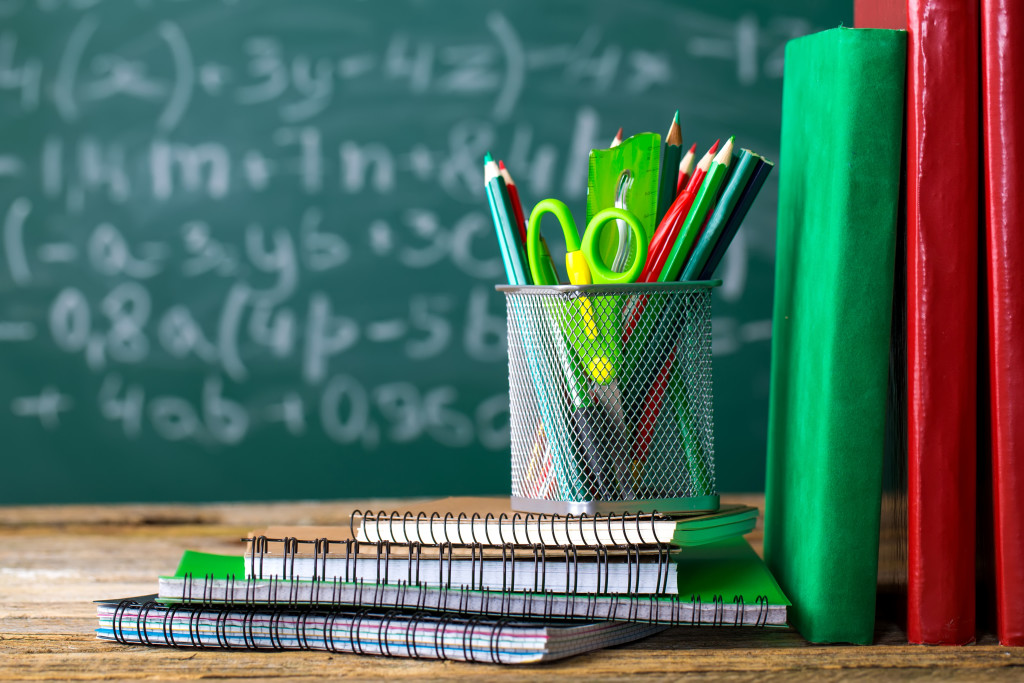
The annual chance-for-success index from Education Week was released Tuesday with Alabama schools ranking near the bottom. This index looks at criteria around early foundations, school years, and adult outcomes for students and is the first of three measures Education Week uses to create their annual Quality Counts rankings. While the average grade for a state is a C, Alabama schools received a C minus, giving them a ranking of 45 of 51, which is in keeping with US News & World Report’s ranking of 47. In early foundations, the state received a B minus (ranked 39th), a D plus for school years (45th), and a C for adult outcomes (42nd). With a score of 73.4, the state is up 3.2 points over last year, when Alabama received a score of 70.2 (also a C minus). Statewide, things are looking better. District-level grades for the 2017-18 school year were up over those of 2016-17, bringing Alabama schools to an overall B grade, up from a C plus the previous year. Alabama Superintendent Eric Mackey stated in a prepared release, “Overall, we are pleased with the academic growth that we see across the state. It is a testament to the dedication of our teachers, principals, and all those who support their work that student performance continues to rise. As state superintendent, I am grateful for these hardworking individuals in our local schools who improve the trajectory of children’s lives every day. We believe that our best days and highest levels of achievement lie ahead of us, not behind, and we look forward to working with our state policymakers and lawmakers in 2019 to make sure that we are providing ever better resources and supports for our schools.” Five years ago, Alabama introduced the Alabama Accountability Act, a tax-credit scholarship program that serves low-income students and those from failing schools. While data shows that test results are similar for students taking advantage of this program and students in district schools, there is not a continuity of data between public and private schools, making comparison difficult. AL.com reports that suggestions to make these comparisons more useful would require legislative action.
Ballistic doors, smoke cannons: Firms sell school ‘hardening’ as mass shooting solution

Security companies spent years pushing schools to buy more products — from “ballistic attack-resistant” doors to smoke cannons that spew haze from ceilings to confuse a shooter. But sales were slow, and industry’s campaign to free up taxpayer money for upgrades had stalled. That changed last February, when a former student shot and killed 17 people at a Florida high school. Publicly, the rampage reignited the U.S. gun-control debate. Privately, it propelled industry efforts to sell school fortification as the answer to the mass killing of American kids. Since that attack, security firms and nonprofit groups linked to the industry have persuaded lawmakers to elevate the often-costly “hardening” of schools over other measures that researchers and educators say are proven to reduce violence, an Associated Press investigation shows. The industry helped Congress draft a law that committed $350 million to equipment and other school security over the next decade. Nearly 20 states have come up with another $450 million, and local school districts are reworking budgets to find more money. Most everyone agrees that schools can be more secure with layers of protection, such as perimeter fencing, limited entrances and hiding spaces inside classrooms. But there’s no independent research supporting claims that much of the high-tech hardware and gadgets schools are buying will save lives, according to two 2016 reports prepared for the U.S. Justice Department. As with high-profile shootings in the past, that has not stopped industry representatives from rushing in, some misusing statistics on school violence to stoke fears that “soft target” schools could be victims of terrorist attacks or negligence lawsuits. “School safety is the Wild, Wild West,” said Mason Wooldridge, a security consultant who helps school districts assess their vulnerabilities. “Any company can claim anything they want.” Wooldridge knows from experience. Several years ago, he helped outfit an Indiana high school with a $500,000 security system that includes smoke cannons. Now out of sales, he says a school that wanted a system with the same level of security could get it for about $100,000, using less expensive but equally effective equipment. Many proponents of hardening a school like an airport or police station have backgrounds in law enforcement or the military. Some have little experience or qualification. The Ohio man dubbed “Joe the Plumber” during the 2008 presidential campaign has been appearing on school safety conference panels to hawk a cheaper lockdown alternative. Educators worry that hardening will siphon focus and money from programs that prevent bullying and counsel at-risk kids. Students have reported in government surveys that visible security measures like metal detectors and armed officers make them feel less safe. Industry representatives say they support other solutions to preventing school gun deaths, but insist hardening hasn’t gotten the chance it deserves. “There really needs to be a change in thinking that recognizes security is a primary need in schools,” said Jake Parker, director of government relations for the Security Industry Association, which has been central to the hardening effort. Also, he acknowledged, “The more schools protect themselves, the better it is for industry.” Revenue for school security companies would grow even more than analysts project if the industry succeeds in plans to craft state legislation that would set minimum standards for campus equipment purchases. There are no widely accepted, independent standards for school building security, as there are for the plumbing, fire protection systems and even athletic bleachers on campus. To fill that void, security companies have promoted their own takes on what “best practices” for school security should be. At least one state has turned such standards into law. Industry-written guidelines set a steep price for cash-strapped districts. According to a nonprofit group formed by a major lock manufacturer, for example, upgrading an elementary school with basic security equipment costs at least $94,000 and a high school at least $170,000. If all the nation’s public schools were to follow those guidelines, the cost would total at least $11 billion, according to industry calculations. Hardening advocates acknowledge that mass upgrades would not eliminate shootings. Many shooters are students whose familiarity with a school’s layout and security could help them outsmart even elaborate safeguards. Low-tech solutions may also work just as well. Leaders at one school district in New Jersey heard a vendor’s pitch for classroom doors that lock automatically and simply mandated that teachers lock their doors during class, saving several hundred thousand dollars. “If we’re just expecting technology to solve all these problems, I think we’re going to fall short,” said Ronald Stephens, executive director of the California-based National School Safety Center, created originally as a federal program under the Reagan administration. “And we may not like the climate we create.” Republished with permission from the Associated Press.
Bradley Byrne introduces legislation to make schools safer
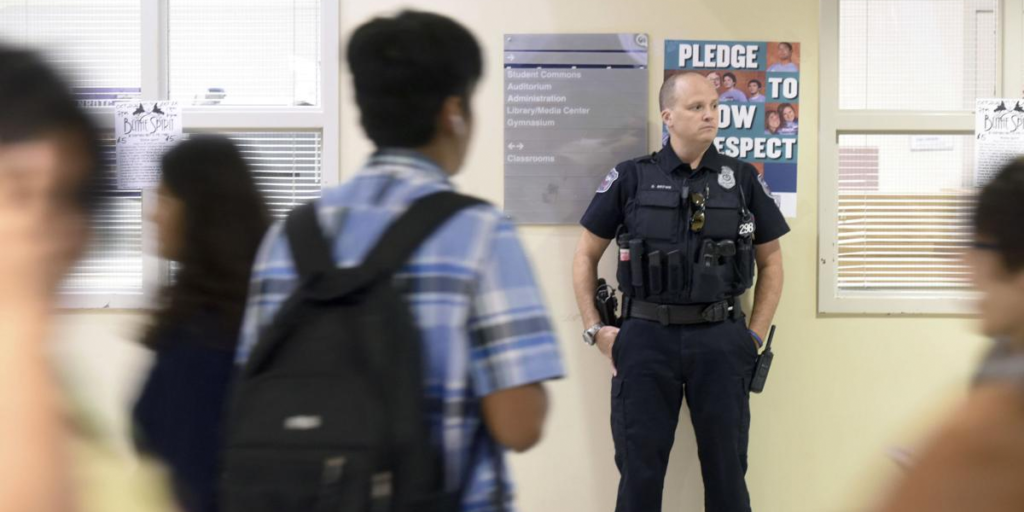
Schools nationwide will soon be safer for students, teachers, and faculty if Alabama 1st District U.S. Rep. Bradley Byrne has anything to say about it. A member of the House Education and the Workforce Committee, Byrne recently introduced the Make Schools Safer Act to provide school officials with better information regarding school safety. His bill requires the Director of the Institute of Education Sciences — part of the U.S. Dept. of Education, an the nation’s leading source for rigorous, independent education research, evaluation and statistics — to include studies and resources relating to school safety and mental health as part of the What Works Clearinghouse, which is available to educators, counselors, and principals. “School safety should be a priority for every level of government,” said Byrne. “While I do not want the federal government to mandate how schools protect their students, I believe it is appropriate for the federal government to provide high quality research and information to schools about the best practices for keeping students safe, coordinating with law enforcement, and identifying at-risk students. My bill offers a simple yet profound step toward making our schools safer.” The new studies and resources will focus on educating appropriate school personnel on techniques for identifying students who may need assistance, collaborate with health care professionals, state and local law enforcement, youth organizations, and parents to implement procedures to assist students. By making resources available, Byrne’s legislation endeavors to allow schools to select the approach that works best for them, rather than prescribing a one-size-fits-all solution from the federal government. Read Byrne’s bill below:
200 schools selected as official Alabama Bicentennial schools
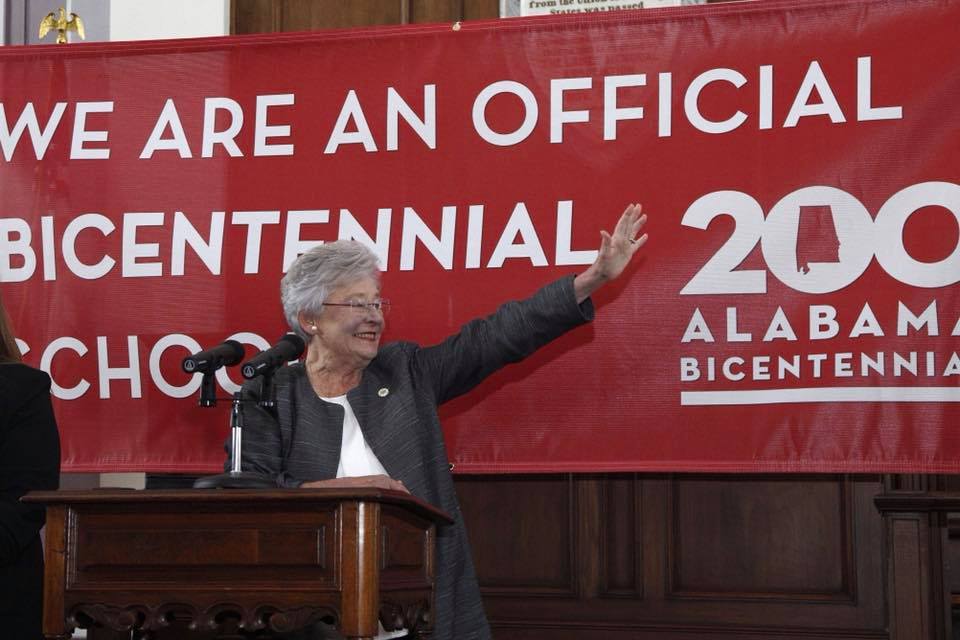
Governor Kay Ivey announced Friday the 200 schools selected as official Alabama Bicentennial Schools. Launched by Ivey in December 2017, the Alabama Bicentennial Schools Initiative encourages all public, private, and homeschool students and teachers to participate in the celebration of Alabama’s 200th anniversary of statehood in 2019. In early 2018, all K-12 schools in Alabama were invited to submit a proposal that engages in outreach and improvement projects to connect their classrooms with their local communities. From a competitive pool of nearly 400 proposals, 200 schools were selected to be official Alabama Bicentennial Schools and receive $2,000 grants to support the implementation of their projects. Additionally, 56 schools received honorable mentions and $500 grants. Schools were chosen through a review process involving committees of local educators, community leaders, and private citizens. “It makes me so proud to see such a strong showing of schools participating in the program. It is an honor to recognize these outstanding schools and their projects as we head into Alabama’s bicentennial year,” Ivey said. “The Alabama Bicentennial celebration is about bringing communities together and getting all of our citizens involved. The schools being honored are a great representation of that goal.” Representing all corners of the state, the selected schools have developed a wide variety of projects that will make meaningful contributions to their local communities. Ranging from oral history projects to community gardens to mentorship programs, these projects will foster new relationships between schools, students, and local citizens, extending well beyond Alabama’s bicentennial celebration. “One of the core objectives of the bicentennial is to get Alabamians thinking about what makes our state special, and what they want it to be,” said Steve Murray, co-chair of the Bicentennial Commission’s Education Committee. “The terrific projects developed by the Alabama Bicentennial Schools will create opportunities for students to learn about the importance of community, and to discover the ability they have to shape the future of their corner of the state.” The Alabama Bicentennial Schools Initiative is presented in partnership by Alabama 200, the Alabama Department of Archives and History (ADAH), and the Alabama State Department of Education (ALSDE).
Study: Alabama has the 8th worst school system in America
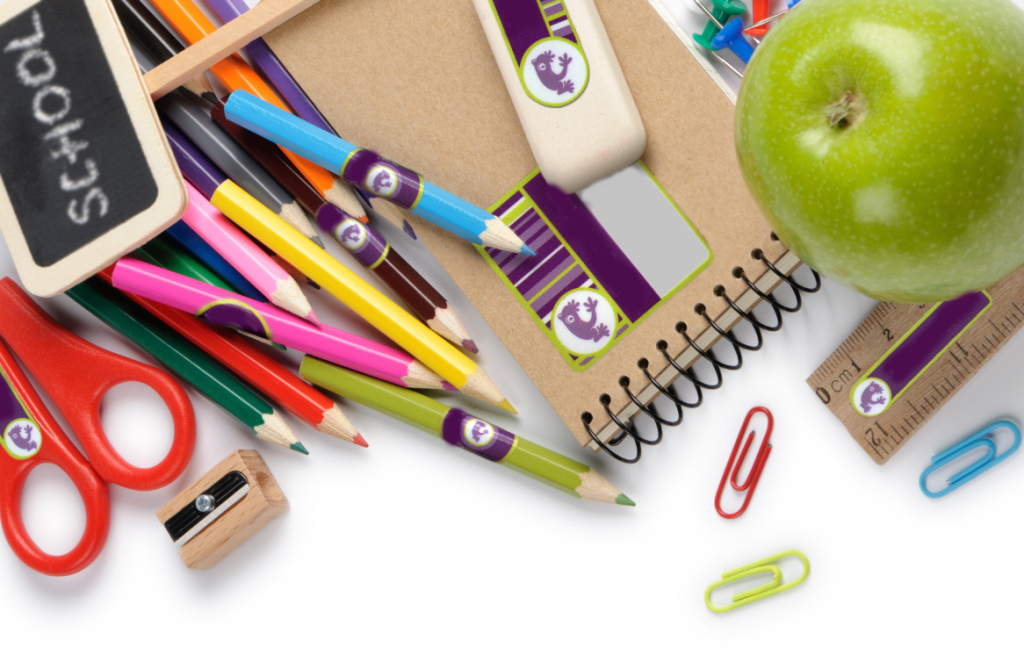
Alabama has been ranked the 8th worst school system in the United States in a new report titled 2018’s States with the Best & Worst School Systems released Monday by the personal-finance website WalletHub. Unlike other research that focuses primarily on academic outcomes or school finance, WalletHub’s analysis takes a more comprehensive approach. It accounts for performance, funding, safety, class size and instructor credentials. To determine the top-performing school systems in America, WalletHub compared the 50 states and the District of Columbia across 25 key metrics ranging from pupil-teacher ratio to dropout rate to median standardized-test scores Quality and safety of schools in Alabama (1= best; 25= avg.): 48th: Math test scores 45th: Reading test scores 43rd: Pupil-teacher ratio 22nd: Median SAT score 46th: Median ACT score 19th: % of licensed/certified public K–12 teachers 16th: Dropout rate 40th: % of threatened/injured high school students The study also ranked states based on spending, and Alabama was ranked 40th for spending, which may help explain why it’s overall ranking of 44 is so low. Source: WalletHub Here’s how Alabama compares to the rest of the country: Source: WalletHub
Bradley Byrne: Protecting our children

For much of the year, the safety of our students rests in the hands of the faculty, staff, and resource officers at our schools. Without a shadow of a doubt, the people who know best how to protect our schools are the teachers, parents, administrators, police officers, and students in their own communities. In February, the tragic shooting in Parkland, Fla. resonated throughout our communities, highlighting a disturbing trend of individuals who clearly show signs of grave mental instability falling through the cracks. Sadly, this incident likely could have been avoided had there been better oversight at every level of law enforcement. From the top down, we failed these students by not heeding the warning signs and working together as a team to ensure our students’ safety. In response to this incident, the House recently passed the Student, Teacher’s Officer’s Prevention (STOP) School Violence Act, which provides grant funding for evidence-based training for our local law enforcement, school faculty and staff, and students to help identify and prevent school violence before these tragic events occur. First, the STOP School Violence Act provides funding for training to prevent student violence, including training for local law enforcement officers, school personnel, and students in the event of an emergency. This training would be designed to give students and school personnel the ability to recognize and respond quickly to warning signs of violent behavior and would include active shooter training. Second, the bill provides funding for technology and equipment to improve school security. This includes the development and operation of anonymous reporting systems, as well as the installation of metal detectors, locks, and other preventative technologies to keep schools secure. The legislation also authorizes funding for school threat assessment and crisis intervention teams for school personnel to respond to threats before they become real-time incidents. Recognizing the warning signs of violent, threatening behavior and having the proper resources to address it on the front end can prevent these tragedies from ever occurring. Finally, the STOP School Violence Act provides funding to support law enforcement coordination efforts, particularly the officers who already staff schools. From the federal level all the way down to our local law enforcement, we need to ensure there is accountability and communication when handling violent behavior. Many of our local schools are already reevaluating their security measures and taking additional steps to promote a safe learning environment for our students. Our students’ safety and security should always remain a top priority, and I believe it is imperative that our local schools have the most appropriate resources in place in the event of an emergency. As we look for ways to prevent these terrible tragedies, I am open to additional solutions to address the underlying issues that cause these events to occur. That said, I remain steadfastly committed to upholding the individual right of all law-abiding Americans to keep and bear arms. Millions of Americans should not have their Second Amendment rights infringed upon due to the bad actions of a few individuals. Rather, I believe we should focus on addressing mental health issues and combatting the role of violence in our modern culture, such as the prevalence of violent video games that normalize this behavior for our young students, and promoting commonsense solutions that will address the larger issues of mental health so that those with mental illness do not fall through the cracks. There is still work to be done to ensure each child’s safety and well-being while attending classes. However, I am proud that we have taken this action in the House to promote a safe, secure learning environment for our children. • • • Bradley Byrne is a member of U.S. Congress representing Alabama’s 1st Congressional District.
Daniel Sutter: When campuses were in turmoil

Fifty years ago, protests and violence in opposition to the Vietnam War and the draft roiled college campuses. The War appeared hopelessly deadlocked after the Tet Offensive. Protestors burned draft cards, ransacked draft offices, and fled for Canada. At the end of March 1968, President Lyndon B. Johnson announced that he would not seek reelection. In January 1973, President Richard Nixon ended the draft, delivering on a campaign promise. Why did the policy change within just five years? Dr. David Henderson, an economist and long-time professor at the Naval Postgraduate School, contends that economists played an important role. The case illustrates how academic research can shape public policy, hopefully for the better. Let’s first consider the economics of a military draft. One argument for a draft is that it lowers the cost of the military. This, however, is based on confusion. A draft reduces the government’s budgetary cost. The full cost of the military is the value of the resources used, including personnel. Uncle Sam paid G.I.’s a monthly salary, but the amount did not have to adequately compensate the soldiers, who faced prison for refusing to serve. Forcing service does not reduce and can even increase the full cost; persons creating great value in the economy may end up carrying a rifle. During World War II, draft exemptions were granted for critical jobs in war industries. And the military made effective use of talented individuals, including future Nobel Prize winners like economist Milton Friedman and physicist Richard Feynman (who was part of the Manhattan Project). The military understood the full economic cost and sought to use personnel efficiently. Research by economists in the 1960s speculatively estimated the supply of volunteers. Individuals’ willingness to volunteer depends on many factors, including pay, the likelihood of war, an individual’s patriotism, and the conditions of service (e.g., the minimum term of enlistment). This research showed critically that a sufficient number of volunteers could be secured. Conscription involves concerns beyond economics, like justice. Even on such questions, though, economics provides insight. For instance, how should we allocate the burden of defending the nation, including the risk of being killed or wounded in service? Some believe that a draft lottery distributes this burden more fairly, as all those eligible could be selected. (The rules for deferments and exemptions certainly matter; the poor and minorities still did a disproportionate share of the fighting in Vietnam.) Economics shows how conscription is equivalent to a tax. Draftees serve for less pay than they would require to volunteer; if they received $10,000 per year less, it is as if they were taxed this amount. This “tax” was on top of the risks of combat. A volunteer military’s higher salaries make taxpayers cover more of the cost, which arguably is fairer. How did economists influence policy? While proving the influence of specific ideas on specific changes is nearly impossible, Professor Henderson offers a strong argument. The aforementioned research documented the costs of conscription and the feasibility of a volunteer military. A conference at the University of Chicago in 1966 organized by Milton Friedman brought together four hundred professors, opinion leaders, and politicians, including Ted Kennedy and Donald Rumsfeld. And President Nixon’s Advisory Commission on an All-Volunteer Force, chaired by former Defense Secretary Thomas Gates, included Professor Friedman and other prominent economists. The Commission held hearings and their report provided the formal basis for ending conscription. Perhaps most significantly, the participants at the University of Chicago conference and members of the Gates Commission included many supporters of the draft. The economists’ arguments changed opinions, demonstrating their strength. The Gates Commission conveyed this message to the public. Although not widely read, economists’ research affects which policy proposals appear reasonable. Hopefully this leads to better government policies, like the all-volunteer military. The Johnson Center, with support from the Institute for Humane Studies, is very pleased to bring Professor Henderson to Troy University for a talk about this episode in public policy. His talk will be at 5 p.m. on Tuesday, March 20, in Bibb Graves Hall, and is free and open to the public. ••• Daniel Sutter is the Charles G. Koch Professor of Economics with the Manuel H. Johnson Center for Political Economy at Troy University and host of Econversations on TrojanVision. For more information about Dr. Henderson’s talk, contact johnsoncenterevents@troy.edu.
Betsy DeVos faults predecessor for wasting money on school reform

Education Secretary Betsy DeVos says her predecessor wasted billions of dollars trying to fix traditional public schools. DeVos says former Education Secretary Arne Duncan‘s signature $7 billion project targeting failing schools did not produce significant results. Therefore, she says, it is vital to give American parents the options of charter, private and other schools. She asked, “At what point do we accept the fact that throwing money at the problem isn’t the solution?” DeVos spoke Wednesday at the Brookings Institution. Asked whether school choice options also can fail, DeVos said, “I am not sure that we can deteriorate a whole lot.” During the Obama administration, high school graduation rates reached record levels but scores on standardized tests showed mixed results. Republished with permission of The Associated Press.
Ala. House passes bill allowing warrantless arrests at schools

Tuscaloosa-Republican state Rep. Bill Poole is hoping to make Alabama schools safer for teachers and students. In order to help achieve that goal, Poole introduced HB71 for the third year in a row, which would allow law enforcement officers to make warrantless arrests of individuals trespassing on school property. On Thursday, the Alabama House of Representatives showed their support of Poole’s bill by passing it 92-0, with 11 members absent. “This bill gives law enforcement officers another common sense and valuable tool they can use to secure school property and ensure the lives of students and teachers are protected,” Poole said when he first introduced the bill. Under current law, police officers may arrest individuals without a warrant under certain, specific conditions such as when a felony or public offense is being committed. HB71 adds when the officer has reasonable cause to believe that a person has committed a trespass on premises “of an educational institution” to the list of acceptable and allowable reasons for a warrantless arrest. The bill further defines an “educational institution” to include public or private four-year colleges and universities, graduate schools, professional schools, junior colleges, trade schools, elementary schools, and high school schools. Institutions that teach the blind, deaf and developmentally disabled are included as well. Poole’s legislation is now awaiting action in the state Senate committee.
Alabama announces failing schools across state

A whopping 75 schools across the Yellowhammer State have been classified as “failing” according to a long-awaited report by the Alabama State Department of Education (ALSDE) that was released Thursday morning. The list is released under the state’s new Alabama Accountability Act, which requires the ALSDE to designate schools in the bottom 6 percent of standardized test scores as failing. Students in failing schools have the option to transfer to other public schools if those schools will accept them. Families are eligible for a tax credit, and taxpayer-backed scholarships, to help pay for private education as well. Families in the failing schools also have priority for the scholarships, but others may also obtain them. Below is the full list of the 2017 failing schools:
Bradley Byrne: local schools are making a difference
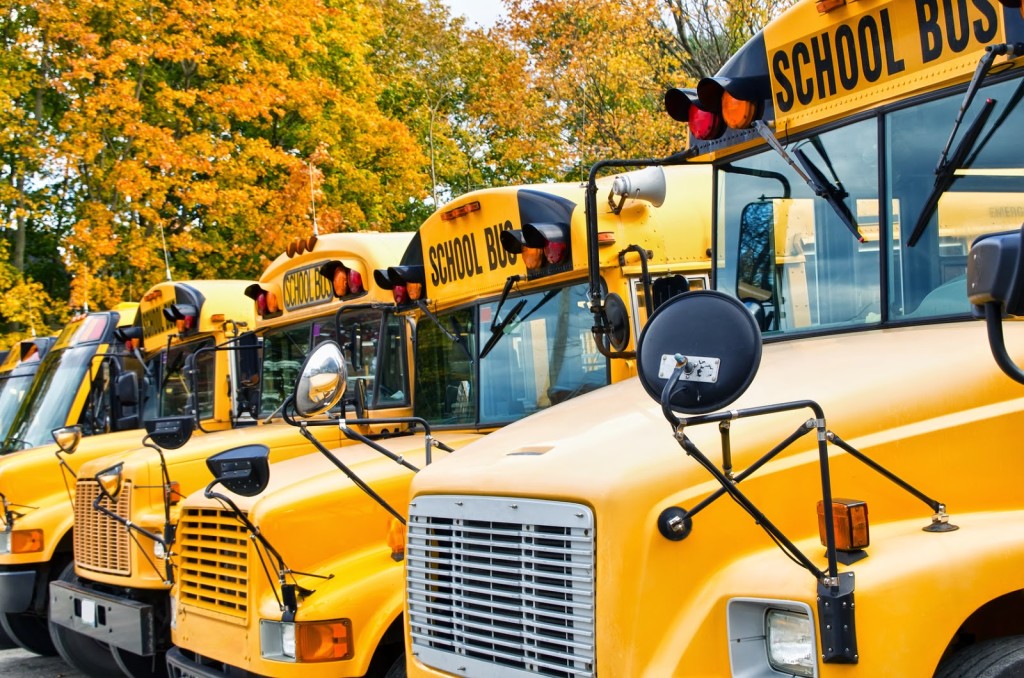
There is something really fun and exciting about visiting with students in our local schools. From the elementary student who just wants you to read a book with them to the high school student looking for college advice, the visits are always special. With the House out of session for the month of October, I had the pleasure to spend quality time in a number of our local schools. I visited Clarke County High School in Grove Hill to talk with students and learn more about their new workforce training center. At Saraland High School, I attended the induction ceremony for students joining career and technical education student organizations. I also visited the Chickasaw School System in Mobile County, where the students welcomed me with impressive handmade signs. I spent time at Magnolia School in Foley and Robertsdale Elementary School in Baldwin County to share some stories with some of the students. I believe it is important we all find time to volunteer and support our local school systems, and reading to students is a great way to make a difference. At each of my school visits, I have been blown away by the work our teachers and administrators are doing. Their job is certainly not easy. Due to budget issues at the state level, many teachers are facing unique challenges. For example, I talked with teachers who spent personal money in their classrooms in order to support students’ needs. Teachers wear many different hats. Teachers are more than just instructors. They often serve as mentors and friends to the students they teach. For some students, they provide much needed stability for what may be a very complicated home life. Education in Alabama is making important progress, and that is a testament to our teachers and administrators. For example, the high school graduation rate in Alabama is now at 89%, a new record high. However, more challenges remain. As a parent, former member of the Alabama State School Board, and education advocate, I am committed to doing everything I can to support our students, teachers, and local schools. In the House of Representatives, I serve as a member of the House Education and the Workforce Committee. This is the committee responsible for both K-12 and higher education policy. There are obvious ways elected officials in Washington can help our local schools. First, we need to cut down on the red tape and paperwork that tie up teachers and keep them from doing their job. We need to also stop trying to push national academic standards. What works for students in Alabama may be different than what works for students in California or Michigan. We should allow states to set their own academic standards that best fit their students. Most importantly, we need to ensure that any federal education funding is actually making its way to the classrooms instead of getting stuck in the bureaucracy. The money that Washington sends to our local schools should be spent in the classrooms helping students and teachers. Ultimately, we need to empower our local teachers and stop getting in their way. Visiting with our teachers, I see firsthand their passion for helping students succeed. Education is not a field you can work in unless you have an unyielding passion for helping students. Of course, I want to see our local schools continue to improve and grow, but we should never take for granted the job our teachers and administrators do on a daily basis. They are real difference makers in our society, and they deserve our praise. • • • Bradley Byrne is a member of U.S. Congress representing Alabama’s 1st Congressional District.


